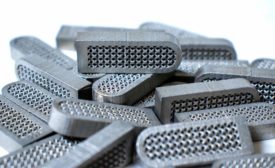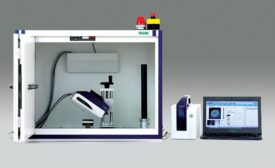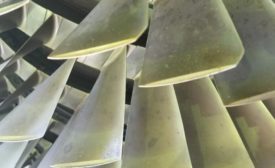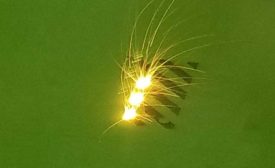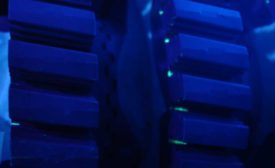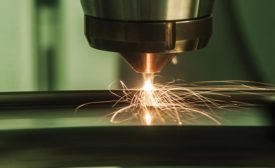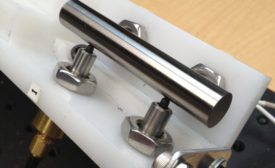Articles by Gregory James Weaver
NDT methods play a critical role in the quality assurance of medical devices.
Read More
Competent, Qualified and Certified
Do everything you can to ensure that you keep your competence active, engaged, and evolving.
June 10, 2020
NDT in Aerospace
Additive Manufacturing and the Inspection Processes
It is an exciting time to be in additive manufacturing.
July 8, 2019
NDT Data for Process Control and Monitoring
Most advanced NDT methods have several different options for data output.
June 8, 2019
NDT Flaw Detection 101
We’re always faced with deciding which nondestructive testing method is the most appropriate for detecting a specific flaw type.
April 1, 2019
Additive Manufacturing and Inspection Difficulties
Traditional nondestructive inspections are performed much the same for additive parts, but there are some new limitations introduced by the AM methods.
July 8, 2018
Resonance Testing for Material Analysis
What if it was possible to accurately predict the tensile strength of a specimen without ever needing to destructively test it?
November 9, 2015
Stay in the know with Quality’s comprehensive coverage of
the manufacturing and metrology industries.
eNewsletter | Website | eMagazine
JOIN TODAY!Copyright ©2024. All Rights Reserved BNP Media.
Design, CMS, Hosting & Web Development :: ePublishing
